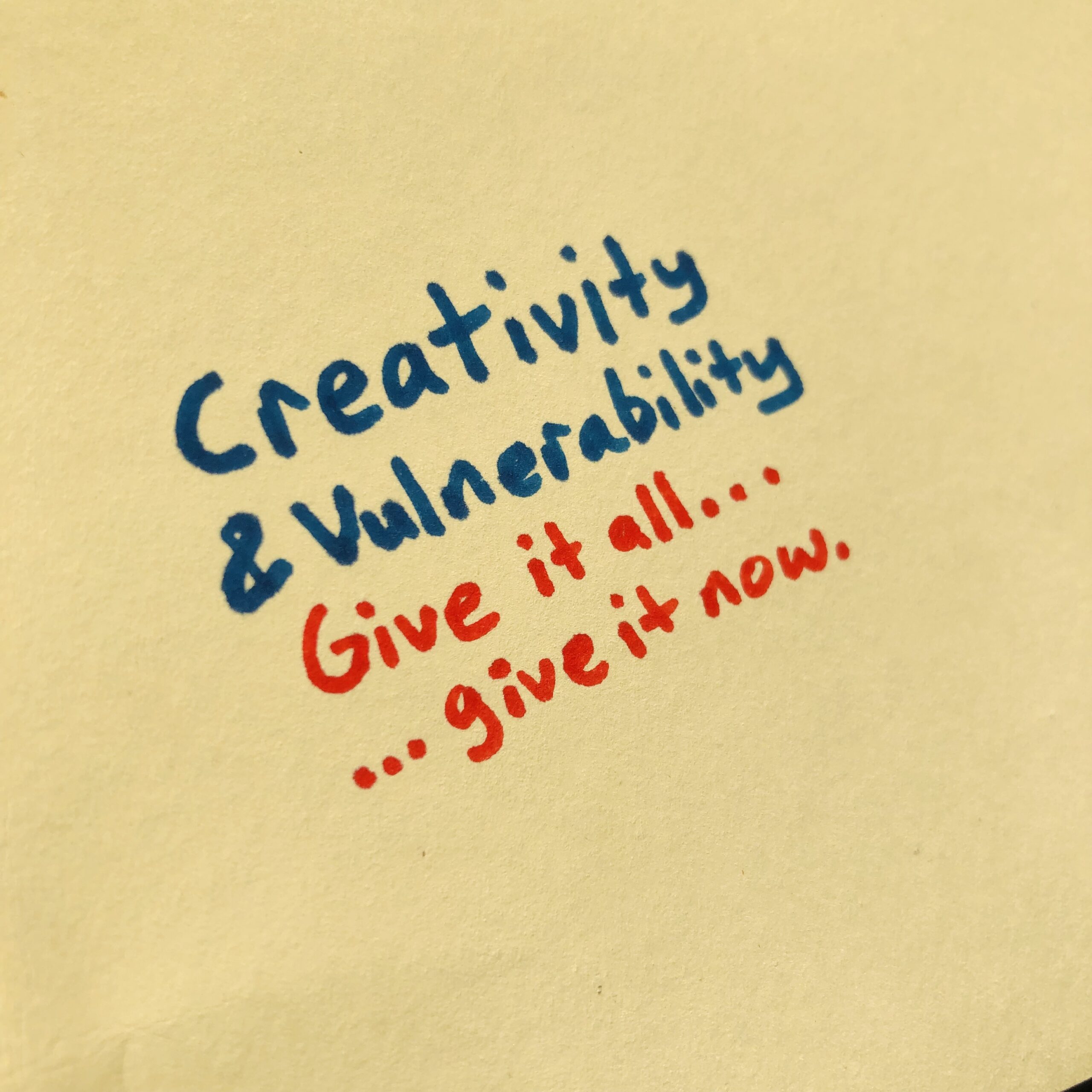More than 100 years ago the following was said: “It is not the critic who counts; not someone who points out how the strong one stumbles, or where the doer of deeds could have done them better. The credit belongs to the one who is actually in the arena, whose face is marred by dust and sweat and blood; who strives valiantly; who errs, who comes short again and again, because there is no effort without error and shortcoming; but who does actually strive to do the deeds; who knows great enthusiasms, the great devotions; who spends themselves in a worthy cause; who at the best knows in the end the triumph of high achievement, and who at the worst, if they fail, at least fails while daring greatly, so that their place shall never be with those cold and timid souls who neither know victory nor defeat.”
This is Steven Moe, welcome to Seeds Podcast.
That quote still resonates with a lot of people even though it is from 100 years ago. There are some great words – it’s a reminder to get down in the arena and strive valiantly, to “at least fail while daring greatly”. It’s a reminder to just get on with things, create, let things flow, show up before you are even ready to show up. Theodore Roosevelt had become the youngest President of the United States at age 42. The quote comes from a long speech delivered in 1910 by him in France after he had finished as President.
The thing I draw from the quote has to do with vulnerability. To actually be out in the world and creating something of value may mean that there is criticism of it. That hurts. From experience, you may spend a lot of time and effort to create something and then things don’t go the way you expect – either a negative reaction or, in some ways worse, silence. If you are coming up with something new, if you are being creative and making art, then that is inevitably going to happen.
But this is the key – true creativity will only be authentic and really resonate with people if it is birthed from a place of vulnerability. There are amazing technical painters who are able to literally recreate the paintings of the old masters so that you or I looking at them would not be able to tell the difference. But it is the infusion of vulnerability into creativity which results in the creation of something new which is what elevates the painter to become an artist. If we’ve seen it before then it’s not much better than a photocopier. There isn’t much vulnerability involved in saying “here’s something just like that over there”.
It’s only with the creativity that something is elevated into art. But that is where the vulnerability is needed because when you create something new it might be that no one will like it. You need to push boundaries to go beyond what others have done and create something as yet unknown.
Vincent Van Gogh in his lifetime was never commercially successful – he only sold one painting while he is alive. He objectively was a failure at the time. But he is also one of the most famous and influential painters in all of western art. He started painting at age 27 and died at age 37 – in that short period he painted around 1,100 paintings and 900 sketches – that’s around 4 a week. His starry night is one of the most reproduced pieces of art ever. What he said about the work he did on his art was: “In spite of everything I shall rise again and take up my pencil and draw and draw.” Perseverance is key. Continue with creating art and don’t wait for the perfect moment.
Brene Brown has written extensively on this subject of vulnerability and I encourage you to look up her work – on a recent road trip I listened to her talking and she has said: “Vulnerability is the birthplace of innovation, creativity and change”. In other places she asks the question – are we willing to show up and be seen, to be authentic and stand by what we have produced. It is difficult to create something new – but it is the struggle to do so that will result in something beautiful.
The pointy end of what I am saying here are really some simple questions: What are you holding back from doing while you wait for perfection. If you are working on something then is it being created from a place that is infused with vulnerability that comes from the fear of showing people what it is that you’ve made. That creative writing you’ve done. That art. That podcast. That song. That speech. That unconference. That memo at work. That spreadsheet.
We need to embrace vulnerability as the path to open up our creativity and through doing so truly put out new things into the world. Sure, there may be critics of what we produce. Sure, whatever it is may fail. But we need to be down in the arena. Be ready to show up before you are even ready to be on the stage. Grab the mic and fail wholeheartedly – always knowing you gave it your very best shot. Don’t hang onto the creativity and bottle it up or wait to use it at some unknown point in the future. One of my favourite writers is the Pulitzer prize winning Annie Dillard and her advice for authors resonates here:
“One of the things I know about writing is this: spend it all, shoot it, play it, lose it, all, right away, every time. Do not hoard what seems good for a later place in the book or for another book; give it, give it all, give it now. The impulse to save something good for a better place later is the signal to spend it now. Something more will arise for later, something better. These things fill from behind, from beneath, like well water.”
So what are you holding back? I remember a very long time ago in 2003 I started writing something and a friend encouraged me to continue doing so – he reasoned, if I put the effort into writing it, someone else would likely enjoy it too. Even if it is a small audience that doesn’t result in monetary success. Seth Godin talks about the smallest viable audience for the creative things we make. It’s certainly my approach with this podcast – some of you are listening to it right now, and that is enough. Get away from the measure of success being likes and numbers. Judge it by the authenticity of creation and the willingness to be vulnerable. Let the creativity flow from who you are and give it the chance to see the light of day.
But here is the rub. I’ve never shown that piece of writing to anyone. I’ve sat on it – afraid of the vulnerability that would come with sharing it. That it is not good enough. So maybe this reflection is an encouragement to myself to be bold. To let go of the pride of having to be successful, or have written a perfect story. Perfection is a myth that we willingly let lock the door to the creative ideas that are waiting inside us.
With this podcast, with these reflections – they are about being vulnerable – about putting myself out there. At first I thought they were just interviews but now I realise this is art too because there is both vulnerability and creativity involved in their creation. Perfection – no. Creativity and something new – hopefully yes.
So the reflection here is an encouragement to you, and also to myself. How will you embrace your vulnerability and create something new – create something that sure, might be criticised. Allow creativity free reign to come out. Embrace the fear as a friend and – anyway, like the quote said, forget the critic who is not in the fight. It’s in being vulnerable that we will actually have achieved something creative and unique and worth sharing. If there is no vulnerability involved then it is probably not worth doing at all.
Later on in the speech that I read from at the start Theodore Roosevelt noted that those who try – and perhaps fail – stand apart for “they have nobly ventured, and have put forth all their heart and strength”. So don’t just sit back and be a critic. Whatever this means in your context, get out there. Find your way of being creative. Do it wholeheartedly. But do it from a place where you are vulnerable.
The reason this is important? Because you are the only one who can create something truly unique. And that creativity that only you can bring has value for our world. Create. Get involved and get down in the arena – together, let’s start daring greatly.





